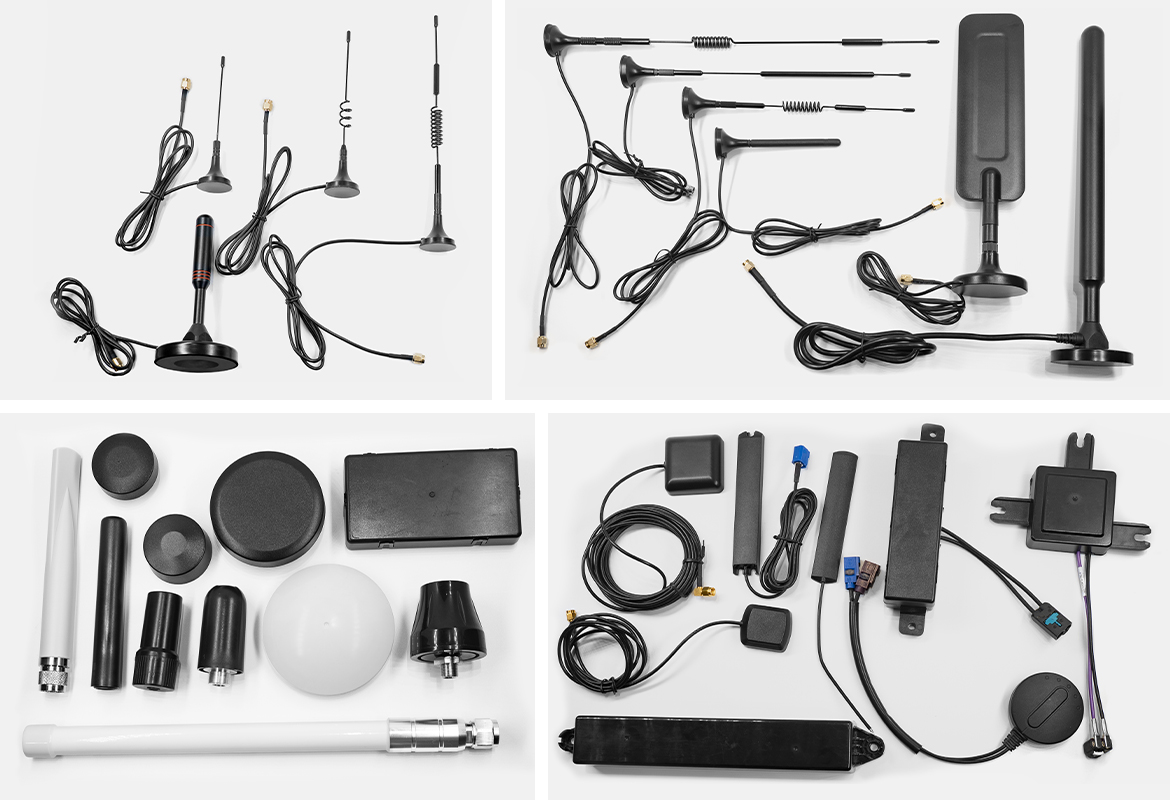The Evolution of Bluetooth Antennas: How Technology Has Shaped Wireless Connectivity
Body
In the realm of wireless communication, Bluetooth antennas have played a pivotal role in enhancing connectivity. As technology has advanced, so too have the designs and functionalities of these antennas. This article delves into the evolution of Bluetooth antennas, examining their significance in modern devices and the future of wireless technology.

Understanding Bluetooth Antennas
Bluetooth antennas are essential components that facilitate wireless communication between devices. They operate by transmitting and receiving radio frequency signals, enabling devices such as smartphones, headphones, and smart home gadgets to connect seamlessly. But what exactly makes a Bluetooth antenna effective? The answer lies in its design, frequency range, and gain.
- Design: The physical structure of an antenna affects its performance. Compact designs are often favored in portable devices.
- Frequency Range: Bluetooth technology typically operates in the 2.4 GHz ISM band, which is crucial for ensuring compatibility across devices.
- Gain: Higher gain antennas can transmit signals over longer distances, improving connectivity.
The Impact of Technology on Bluetooth Antennas
Over the years, advancements in technology have significantly influenced the development of Bluetooth antennas. Initially, these antennas were bulky and limited in range. However, with the advent of new materials and manufacturing techniques, modern Bluetooth antennas are now more compact and efficient. This evolution has led to:
- Increased range and reliability of connections.
- Enhanced energy efficiency, allowing devices to conserve battery life.
- Improved integration into various devices, from wearables to automotive systems.
Future Trends in Bluetooth Antenna Technology
As we look to the future, the role of bluetooth antennas will continue to expand. Emerging technologies such as the Internet of Things (IoT) and smart home devices are driving the demand for more sophisticated antennas. What can we expect in the coming years?
- Miniaturization: Antennas will become even smaller, enabling their integration into a wider array of devices.
- Multi-band Capabilities: Future Bluetooth antennas may support multiple frequency bands, enhancing versatility.
- Smart Antenna Technology: Adaptive antennas that can adjust their characteristics based on the environment will likely become commonplace.
Choosing the Right Bluetooth Antenna
When selecting a Bluetooth antenna, it is crucial to consider the specific needs of your application. Factors such as range, size, and compatibility with existing devices should guide your choice. For those interested in high-performance options, consider exploring  , which offers a variety of antennas designed for optimal performance.
, which offers a variety of antennas designed for optimal performance.
In conclusion, the evolution of Bluetooth antennas has been marked by significant technological advancements that have transformed wireless connectivity. As we continue to innovate, these antennas will remain at the forefront of communication technology, shaping how we connect and interact with the world around us.







Comments